
Augusta Ada King, Countess of Lovelace was an English mathematician and writer, chiefly known for her work on Charles Babbage's proposed mechanical general-purpose computer, the Analytical Engine. She was the first to recognise that the machine had applications beyond pure calculation, and to have published the first algorithm intended to be carried out by such a machine. As a result, she is often regarded as the first computer programmer.
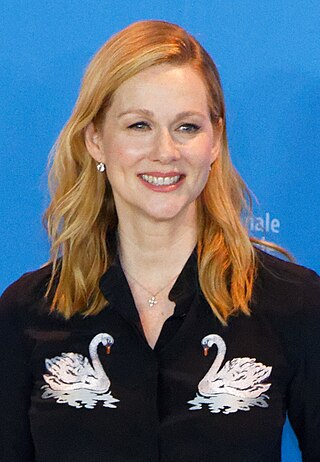
Laura Leggett Linney is an American actress. She is the recipient of several awards, including two Golden Globe Awards and four Primetime Emmy Awards, and has been nominated for three Academy Awards and five Tony Awards.
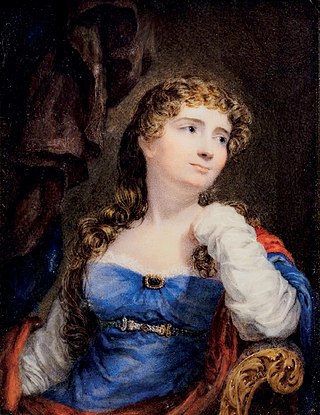
Anne Isabella Noel Byron, 11th Baroness Wentworth and Baroness Byron, nicknamed Annabella and commonly known as Lady Byron, was the wife of poet George Gordon Byron, more commonly known as Lord Byron.

Christopher David Noth is an American actor. He is known for his television roles as NYPD Detective Mike Logan on Law & Order (1990–95), Big on Sex and the City (1998–2004), and Peter Florrick on The Good Wife (2009–16).
Miranda Jane Seymour is an English literary critic, novelist and biographer. The lives she has described have included those of Robert Graves and Mary Shelley. Seymour, a Fellow of the Royal Society of Literature, has in recent years been a visiting Professor of English Studies at Nottingham Trent University and a Fellow of the Royal Society of Arts.
Romulus Zachariah Linney IV was an American playwright and novelist.

The Virginia Museum of Fine Arts, or VMFA, is an art museum in Richmond, Virginia, United States, which opened in 1936. The museum is owned and operated by the Commonwealth of Virginia. Private donations, endowments, and funds are used for the support of specific programs and all acquisition of artwork, as well as additional general support.
Peter Dews was an English stage director.
Richard Kuranda is an American director and artist of stage, cinema and television. He currently is the CEO and Artistic Director of the Raue Center for the Arts in Crystal Lake, Illinois and the current Artistic Director of Williams Street Repertory. He resides in Illinois with his wife, the Actress Alicia Regan, and their four children. In 2018, Raue Center and Williams Street Rep retired an 8.8 million dollar debt under his leadership. What is more noteworthy, the Center also secured a 125 year subsidized lease at $100 per year with a 25-year corporate sponsorship from Home State Bank. In 2005, The New York Times profiled Kuranda’s artistic and producing work at the Eugene O’Neill Memorial Theater Center and labeled him as one of the nation's top theater talents to watch. It is noteworthy to point out Kuranda was the leader and produced all of the programs in a short-lived consolidation of all National Programs; halfway thru his tenure at the O'Neill he reversed the Board's consolidation of programs which lead to a rebirth of the O'Neill. Kuranda has had working relations with Former Senator Bob Kerrey, Senator Christopher J. Dodds, and others. Cumulative Box Office for projects developed under his leadership; 2.9 billion US.
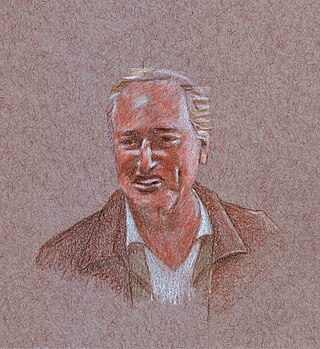
Marshall W. Mason is an American theater director, educator, and writer. Mason founded the Circle Repertory Company in New York City and was artistic director of the company for 18 years (1969–1987). He received an Obie Award for Sustained Achievement in 1983. In 2016, he received the Tony Award for Lifetime Achievement in the Theater.
Sharon Langston Ott is a director, producer and educator who worked in regional theaters and opera throughout the United States. Two plays she directed, A Fierce Longing and Amlin Gray's How I Got That Story, each won an Obie award after their New York runs.
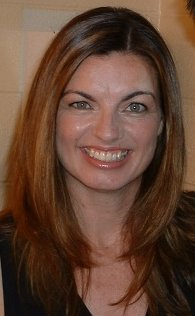
Patricia Louise Fagan is a producer and director specializing in creative development of artists, productions and arts organizations. She is the founder of Louise Fagan Productions, located in Canada and the United States.
Sight Unseen is a play by Donald Margulies. The play premiered at South Coast Repertory in 1991, and then was produced Off-Broadway in 1992 and on Broadway in 2004.
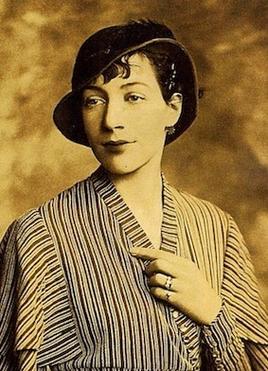
Doris Langley Moore (1902–1989), also known as Doris Langley-Levy Moore, was one of the first important female fashion historians. She founded the Fashion Museum, Bath, in 1963. She was also a well-respected Lord Byron scholar, and author of a 1940s ballet, The Quest. As a result of these wide-ranging interests, she had many connections within fashionable, intellectual, artistic and theatrical circles.

Keith Franklin Fowler is an American actor, director, producer, and educator. He is a professor emeritus of drama and former head of directing in the Drama Department of the Claire Trevor School of the Arts of the University of California, Irvine (UCI), and he is the former artistic director of two LORT/Equity theaters.
Pam MacKinnon is an American theatre director. She has directed for the stage Off-Broadway, on Broadway and in regional theatre. She won the Obie Award for Directing and received a Tony Award nomination, Best Director, for her work on Clybourne Park. In 2013 she received the Tony Award for Best Direction of a Play for a revival of Who's Afraid of Virginia Woolf? She was named artistic director of American Conservatory Theater in San Francisco, California on January 23, 2018.
English writer Lord Byron has been mentioned in numerous media. A few examples of his appearances in literature, film, music, television and theatre are listed below.
M[argaret] Elizabeth (Betty) Osborn,, was a playwright, author, theater director, critic, editor, and educator. From the 1980s to early ‘90s, she was a prominent member of the American Theatre Critics Association (ATCA). She worked for the Theater Communications Group (TCG). Osborn grew up in Gainesville, Florida, and graduated from college Phi Beta Kappa.
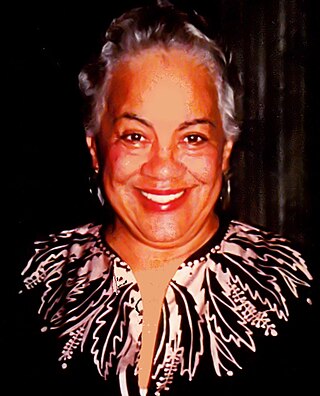
Marie Goodman Hunter is an American actor, singer, and educator. She was adopted when young and grew up in Petersburg and Richmond, Virginia. She taught Music and Speech for 30 years at John Marshall High School. A mezzo soprano, she also performed as a soloist in Richmond churches.
Stoner Winslett is an American former ballet dancer and the artistic director of the Richmond Ballet. In 2014, she was honored by the Virginia Women in History project of the University of Virginia for her contributions to the community.











